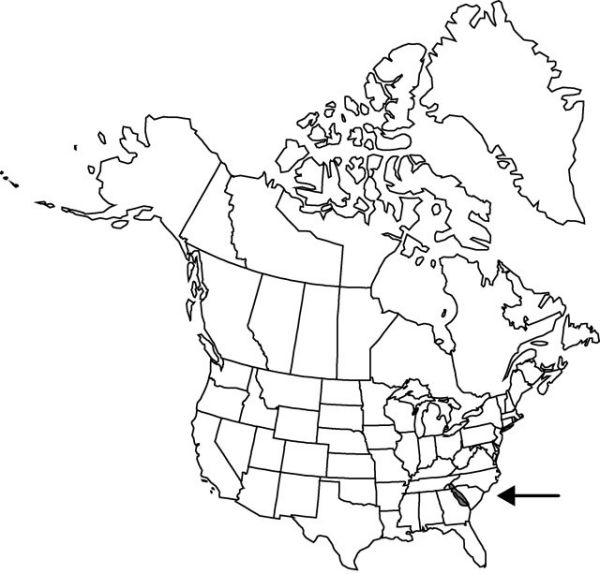Difference between revisions of "Trillium discolor"
Bot. Mag. 58: plate 3097. 1831.
FNA>Volume Importer |
FNA>Volume Importer |
||
| Line 33: | Line 33: | ||
-->{{#Taxon: | -->{{#Taxon: | ||
name=Trillium discolor | name=Trillium discolor | ||
| − | |||
|authority=T. Wray ex Hooker | |authority=T. Wray ex Hooker | ||
|rank=species | |rank=species | ||
| Line 48: | Line 47: | ||
|publication year=1831 | |publication year=1831 | ||
|special status= | |special status= | ||
| − | |source xml=https://jpend@bitbucket.org/aafc-mbb/fna-data-curation.git/src/ | + | |source xml=https://jpend@bitbucket.org/aafc-mbb/fna-data-curation.git/src/f50eec43f223ca0e34566be0b046453a0960e173/coarse_grained_fna_xml/V26/V26_127.xml |
|genus=Trillium | |genus=Trillium | ||
|subgenus=Trillium subg. Phyllantherum | |subgenus=Trillium subg. Phyllantherum | ||
Revision as of 20:46, 16 December 2019
Rhizomes horizontal, brownish, short or somewhat compressed-thickened, bulblike, praemorse, not brittle. Scapes 1–2, 1–2.2 dm, slender, essentially glabrous. Bracts held well above ground, sessile; blade mottled dark green over lighter green, mottling fading or blurring with time, ovate, elliptic to almost circular, 6–13 × 4–7 cm, apex acute to acuminate. Flower erect, odor faintly pleasant, resembling sweetshrub (Calycanthus sp.); sepals displayed above bracts, spreading, green, oblong-lanceolate, shorter than petals, 20–30 × 7–19 mm, margins entire, apex acute; petals long-lasting, erect, ± connivent, ± concealing stamens and ovary to spreading distally, soft pale sulfur-yellow, fading to ± cream, sometimes slightly spirally twisted, widely spatulate, clawed basally, 2.2–5 × 0.9–1.5 cm, thick-textured, margins entire, often upraised adaxially, at least 1 petal with apex strongly apiculate, nipplelike, others with apex apiculate-acuminate; claw green, sometimes obscurely marked or mottled with purple, broadly cuneate; stamens incurved-erect, 8–15 mm; filaments purple, 1–2.5 mm; anthers erect, straight or arcuate, brown, 6.5–14 mm, dehiscence introrse-latrorse; connectives straight, extending 1–2 mm beyond anthers; ovary purplish, ovoid, 6-ridged, 2.5–8.5 mm; stigmas divergent to erect, distinct, purplish white, subulate, short, 2–6 mm, ± fleshy. Fruits baccate, greenish white, subglobose, weakly 6-winged, 1–5 × 1 cm, pulpy or mealy, not juicy. 2n = 10.
Phenology: Flowering spring (mid Apr–early May).
Habitat: Rather acidic to clearly circumneutral or basic soils of mixed deciduous forests, often under oaks, near Rhododendron thickets, or near tangles of Leucothoë on moist stream banks, slopes near streams
Elevation: 100–200 m
Distribution

Ga., N.C., S.C.
Discussion
Trillium discolor occurs only in the upper drainage of the Savannah River, but it is locally frequent within its limited range.
Selected References
None.